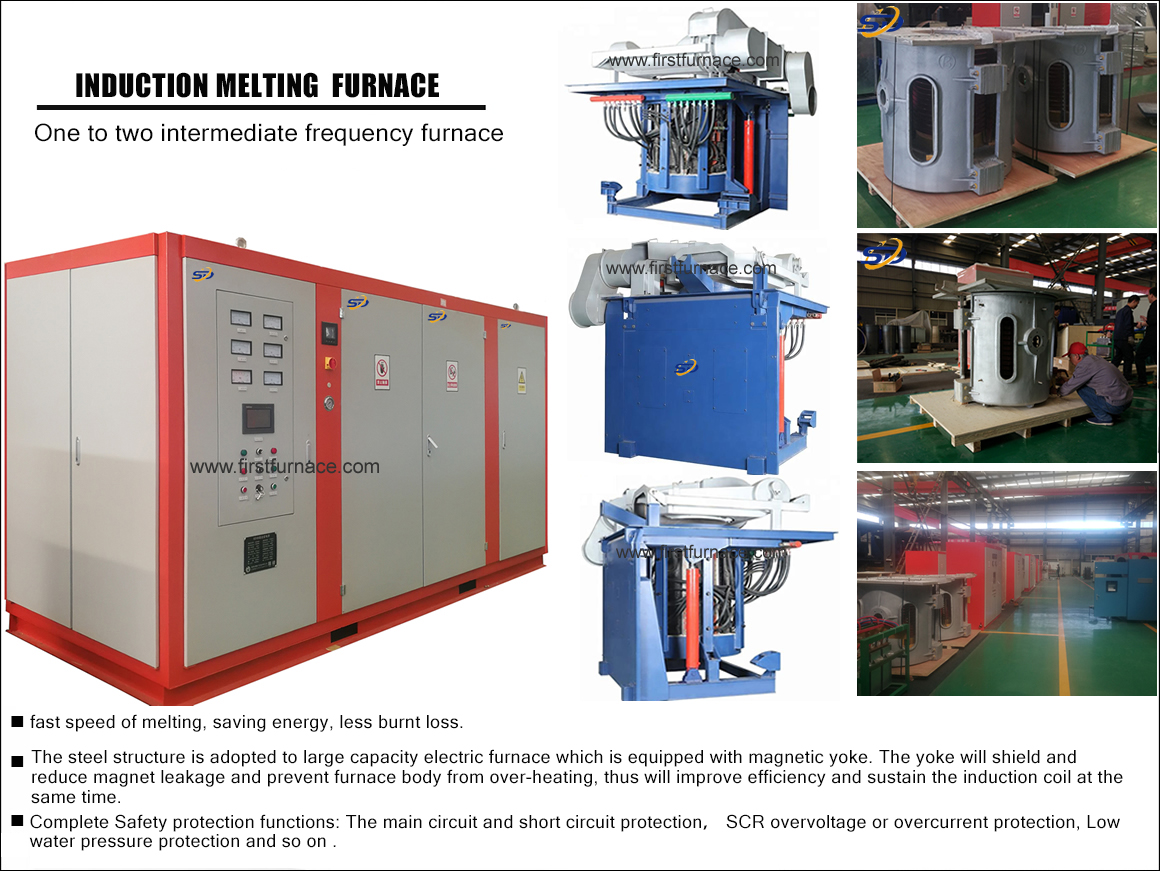Sales hot line ( 24 hours service): 18037961302
E-Mail: firstfurnace@gmail.com
whatsapp:+8618037961302
Adress: Luoxin Industrial Park, Luoyang, HenanLarge diameter steel pipe quen
Piston rod quenching and tempe
Grinding rod quenching and tem
High frequency induction heate
Quenching equipment for machin
Round steel end heating furnac
Steel pipe heat treatment prod
Square steel quenching and tem
Sucker rod quenching and tempe
Thickened petroleum steel pipe
Round steel quenching and temp
Steel pipe quenching and tempe
Steel plate quenching and temp
Induction Hardening Machine&nb
Flywheel ring gear high freque
What are the reasons for molten iron leakage in the induction melting furnace? You'll understand after reading it!
A common accident in the furnace body of an induction melting furnace is leaking through the furnace. If an accident occurs, if no measures are taken, it will cause the copper tube of the coil to rupture, and the molten iron and the coolant will explode. Let’s take a look at the leakage caused by the induction melting furnace through the furnace. s reason:
1. Quality factors of materials used in furnace construction: generally use quartz acid furnace lining materials. The silicon content of quartz sand and quartz powder should be above 99.5%, with oily crystals, transparent and free of impurities. Generally use high-purity quartz sand (silicon content 99.85%, hardness 8, density 2.65, refractoriness 1850 degrees) produced by Xingchen Refractory Materials Co., Ltd. in Yima City, Henan Province.
2. Binder factors used in furnace construction: traditional furnace construction methods generally use boric acid as a binder. Boric acid has both advantages and disadvantages: the advantage is that the bonding is fast at low temperature, generally starting at 600-700 degrees; the disadvantage is that it is not resistant to high temperature and erosion. Under high temperature conditions, the lower part of the furnace wall will appear to be hot, so The use of heat is greatly reduced. It is recommended to use boric anhydride instead of boric acid as the binder, because boric anhydride has the characteristics of high temperature bonding, high melting point, high temperature resistance, and erosion resistance.
3. The proportion of materials used in furnace construction: general users make their own preparations. During the preparation process, workers do not follow the correct proportions. The prepared furnace lining materials are not uniform and the density is insufficient, resulting in a short furnace lining life, generally about 40-50 furnaces. . It is recommended to use the finished furnace lining material prepared by a professional manufacturer of furnace lining material. Features: Consistent ratio, uniform mixing, high density, and the service life of the furnace lining is significantly higher than 1-2 times of the artificially adjusted furnace lining material.
4. Factors for preparing furnace lining material site: Usually, users do not have a dedicated preparation site when preparing the furnace lining material by themselves, and iron pins, iron beans and other sundries are easily mixed in the process of preparing furnace lining materials, which greatly reduces the number of heats. It is recommended to use the lining material produced by a manufacturer specializing in the production of lining material. Features: With a professional production workshop, there are no iron pins, iron beans and other sundries.
V. Raw material factors: At this stage, raw materials are in short supply and prices are rising. In order to reduce costs, some companies purchase raw materials at low prices, such as iron beans, iron sales, and washing materials, which contain impurities, which will cause greater erosion to the furnace lining. The service life is significantly shortened.
Sixth, the induction melting furnace charging material itself: the induction melting furnace charging material and the induction coil are combined. The furnace shell is divided into two parts, with 8 stainless steel screws and several asbestos pads between them. The 8 stainless steel screws cannot be loosened during use, and asbestos pads are indispensable. If the screws are loose, the furnace shell will be twisted back and forth when the molten iron is tapped, and the induction coil will be twisted, causing the furnace lining to loosen and crack, so that the molten iron can seep through the furnace. Solution: Replace the asbestos pad and tighten 8 screws.
7. Induction coil factor: The induction coil is made of a copper tube wound into several turns, each with 5-8 copper screws, and insulated bakelite connection. There is no shortage of screws on the copper ring during use. Once the induction coil is lacking, electromagnetic vibration will be generated, which will continuously hit the furnace lining material, which will loosen the furnace lining material and cause cracks, causing molten iron to seep through the furnace.
8. Insulating bakelite factor: Insulating bakelite is connected between the coils of the induction coil. When the molten iron is discharged, the insulating bakelite supports the weight of the entire induction coil, furnace lining material and molten iron. Once it cannot support the weight it bears, the insulating bakelite will bend, and the furnace lining will also become loose at this time. Cracks appear mainly at the joint between the bottom of the furnace wall and the bottom of the furnace, causing molten iron to seep out, and eventually "furnace penetration". Solution: Use refractory bricks between each insulated bakelite and the furnace shell, so that the furnace shell and the induction coil form a whole, thereby increasing the stability of the induction coil and increasing the number of furnace lining materials used.
Nine. The gap factor between the furnace shell and the induction coil: The induction melting furnaces used by general manufacturers are mostly standard 0.5 ton, 0.75 ton, 1 ton, 1.5 ton, 2 ton, 3 ton... but there are some In order to increase the production capacity, the manufacturer increased the induction coil from 0.5 ton to 0.75 ton, and 0.75 ton to 1 ton. The gap between the induction coil and the furnace shell becomes smaller, and the induction coil and the furnace shell form a larger magnetic field source during the smelting process, which consumes both furnace lining materials and electricity. Solution: Replace with a standard induction melting furnace (the gap between the induction coil and the furnace shell is generally 250mm-300mm).
10. The thickness of the furnace wall of the induction melting furnace: The thickness of the normal furnace wall is 90mm-120mm, and the thickness of the furnace bottom is 200mm-280mm. However, in order to expand the production capacity, the furnace wall is enlarged to make the thickness of the furnace wall thinner. The wall thickness is reduced to 40mm-70mm, and the furnace bottom thickness is reduced to 150mm-200mm. This is undesirable, and the furnace must be built according to the normal wall thickness to obtain stable and high yield.

Iron induction furnace
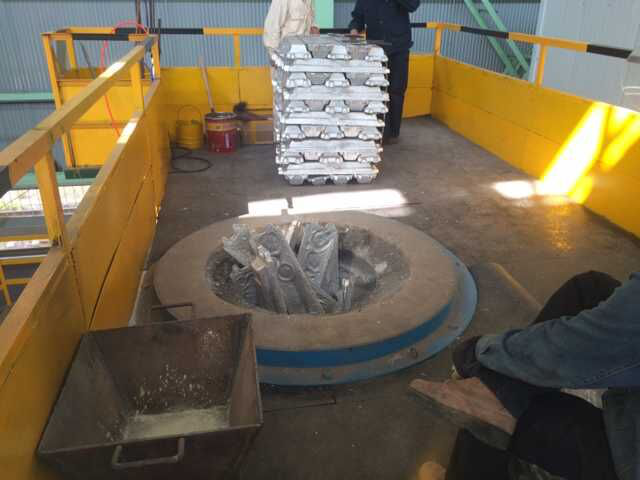
Aluminum melting furnace

Copper melting furnace
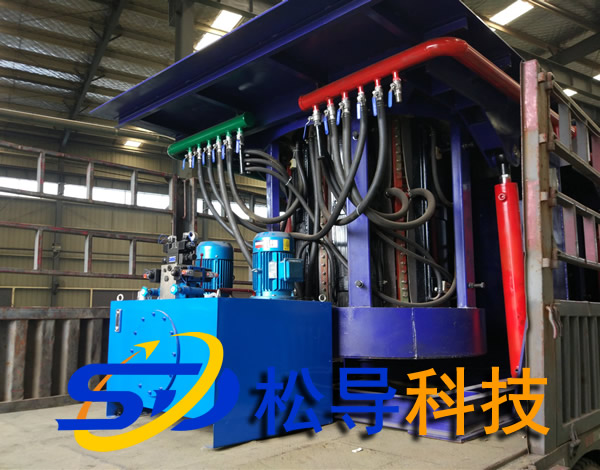
Small steel melting furnace
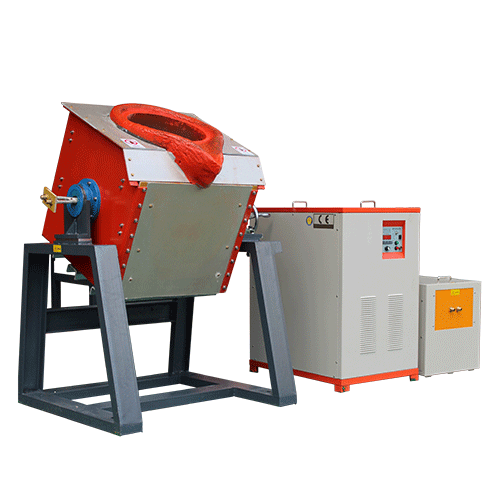
Small induction melting furnace
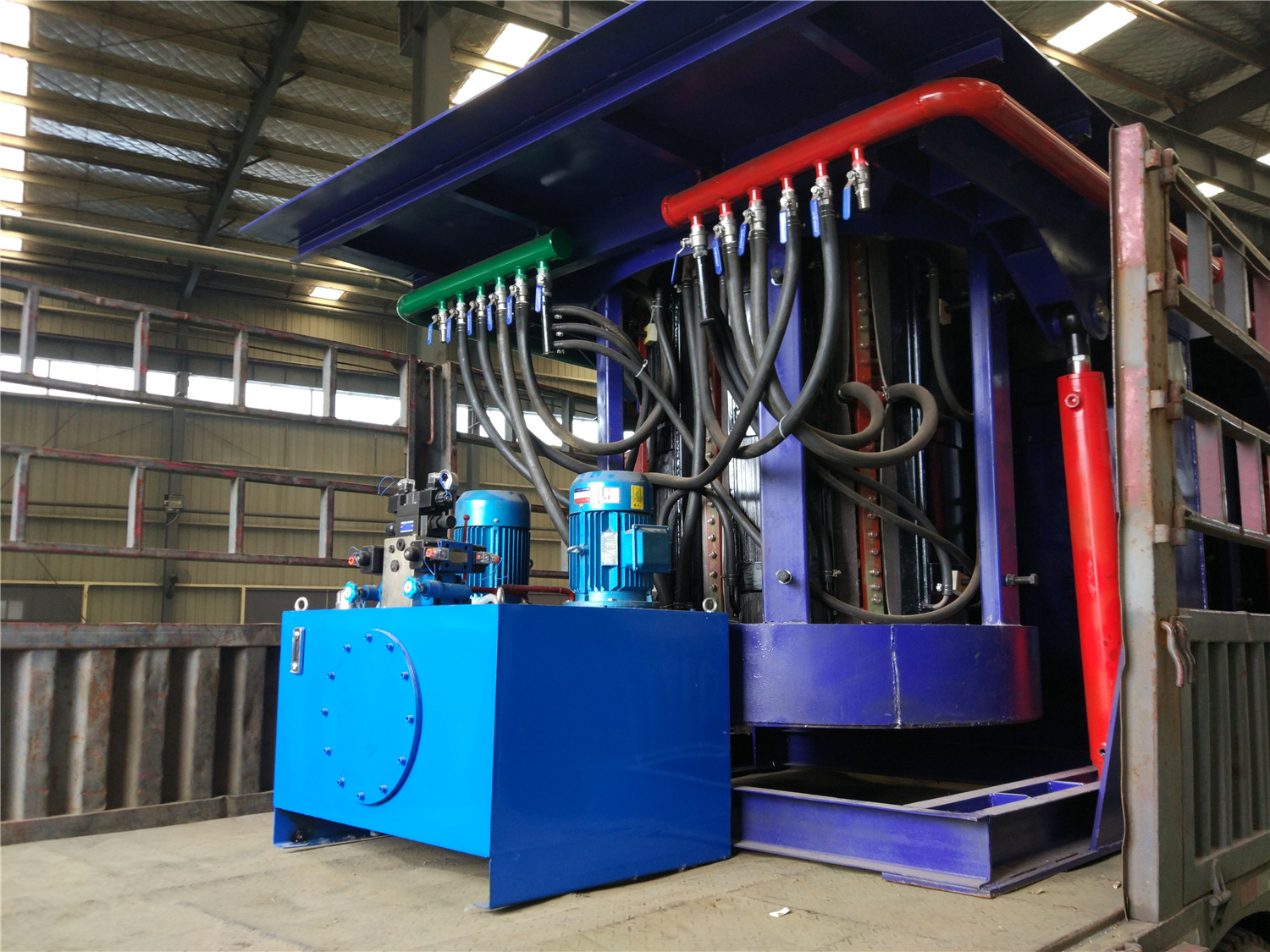
Induction iron furnace
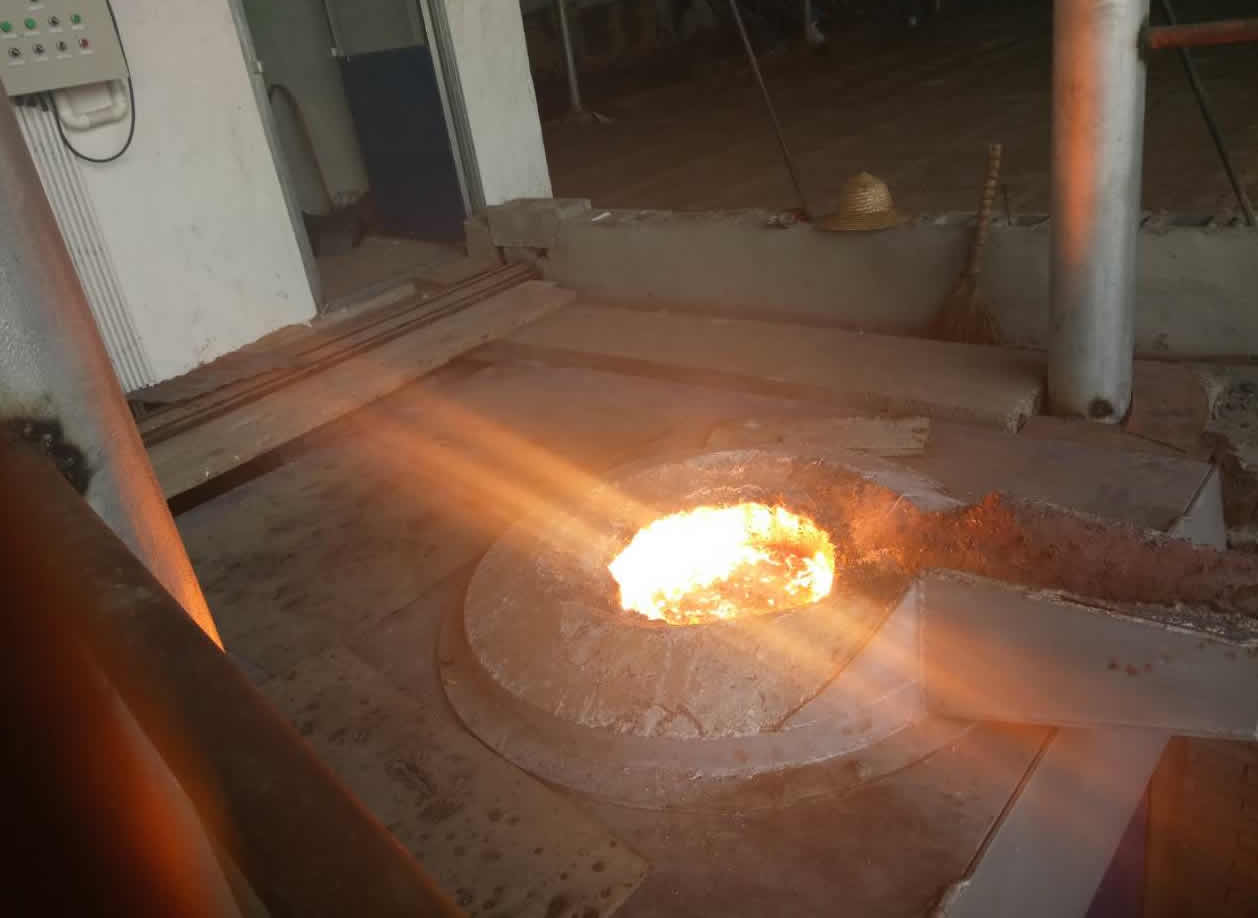
3T intermediate frequency iron melting f
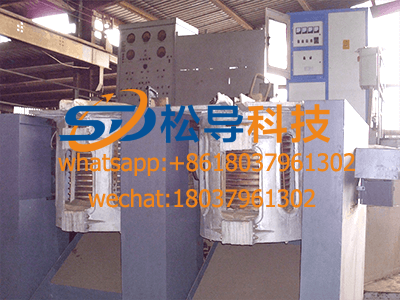
0.25T Intermediate Frequency Furnace
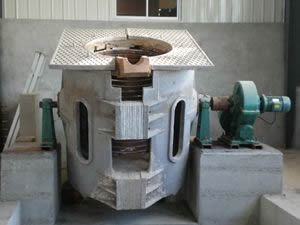
0.5T Intermediate Frequency Furnace
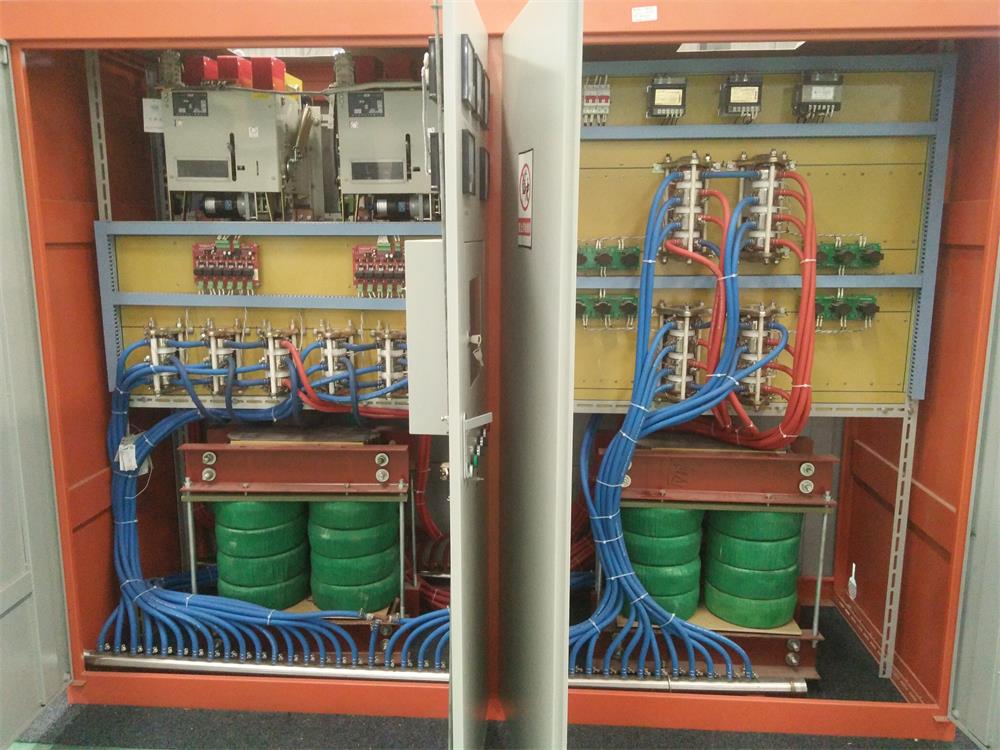
Medium Frequency Furnace

2T Induction Melting Furnace
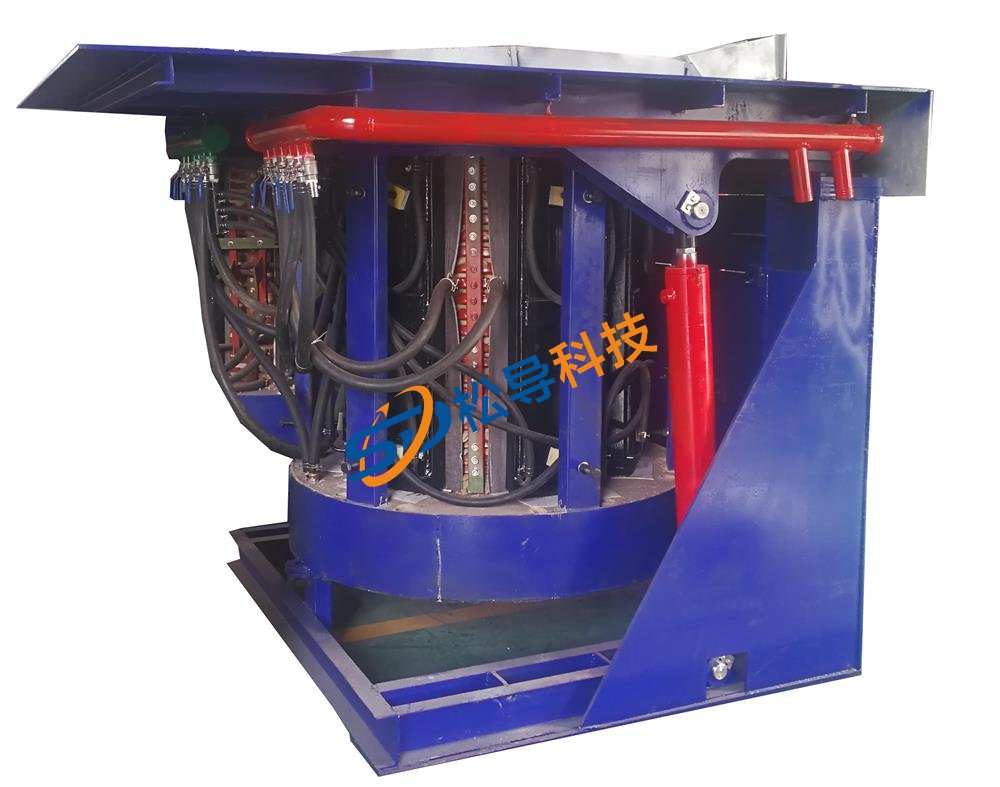
1T Induction Melting Furnace
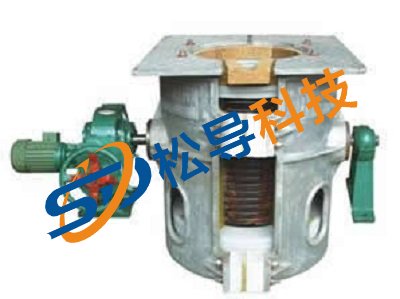
500kg Induction Melting Furnace
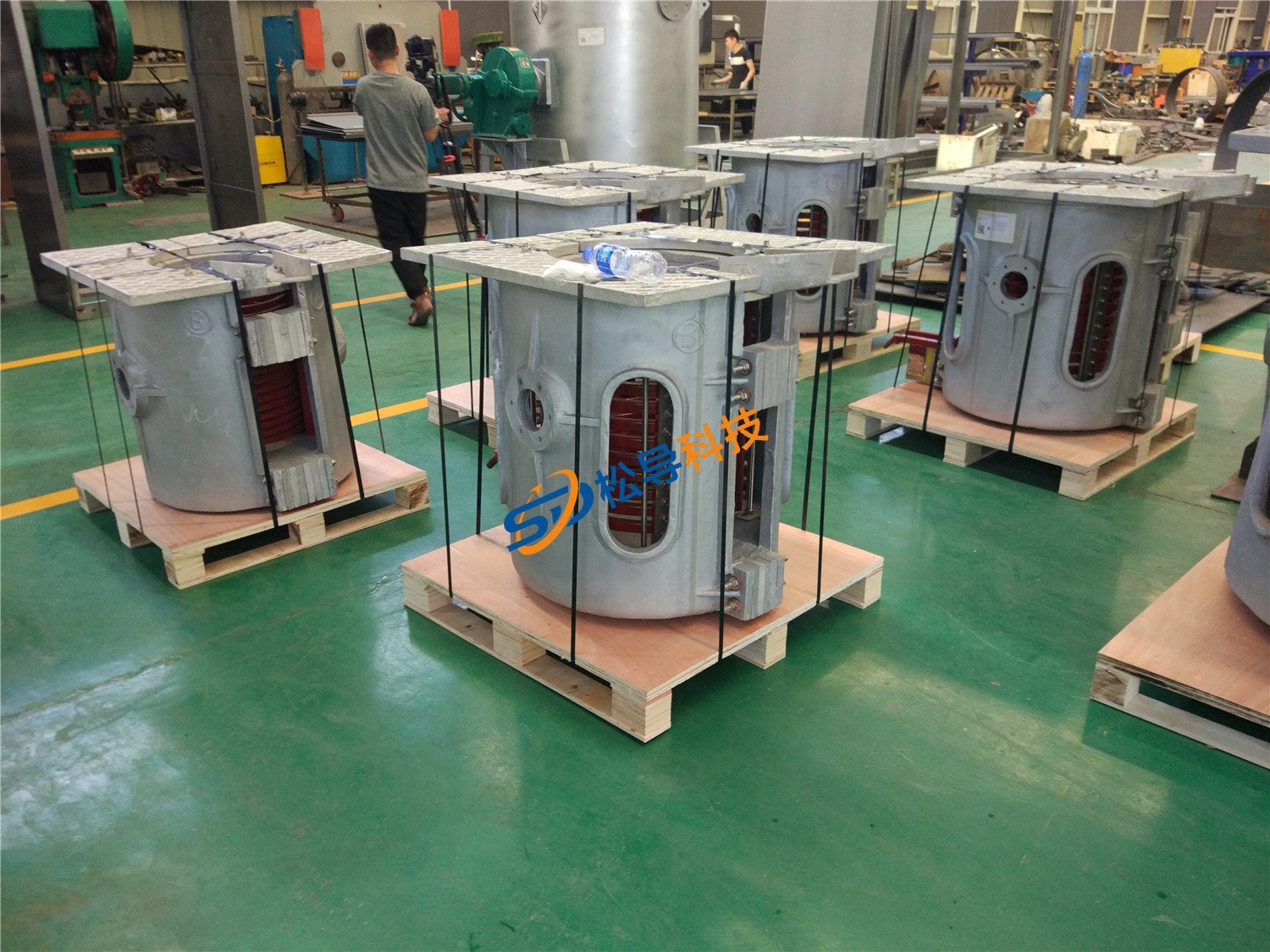
250kg Induction Melting Furnace
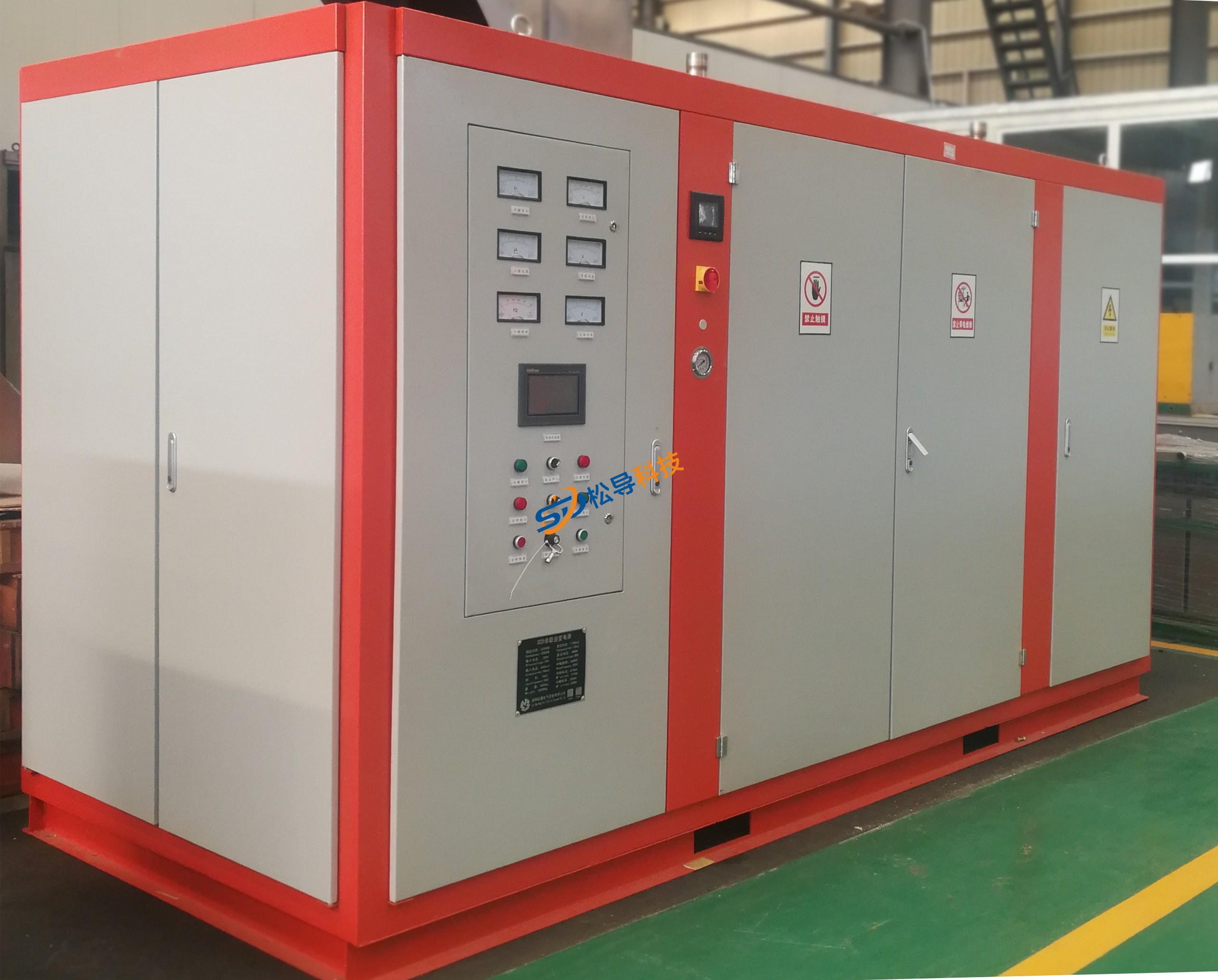
Induction Melting Furnace
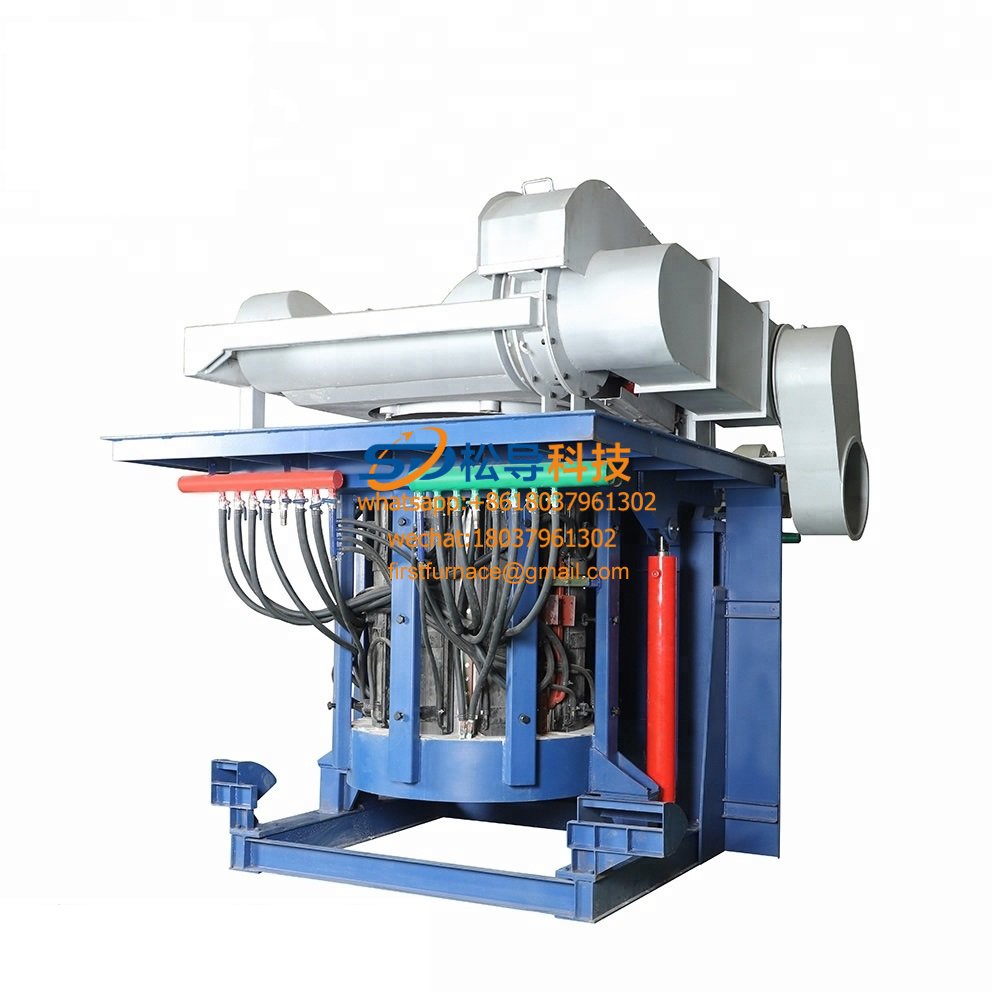
3 T Induction Melting Furnace
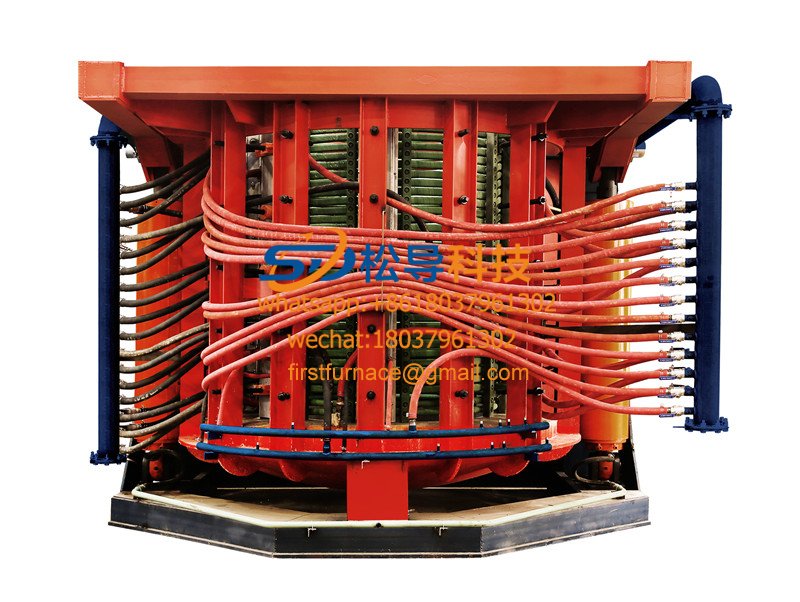
5T Induction Melting Furnace
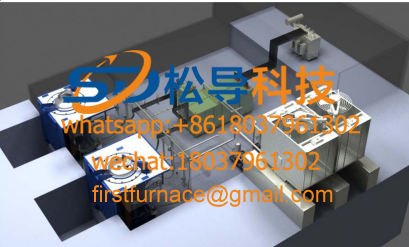
1T One Belt Two Intermediate Frequency F

5T One Belt Two Intermediate Frequency F
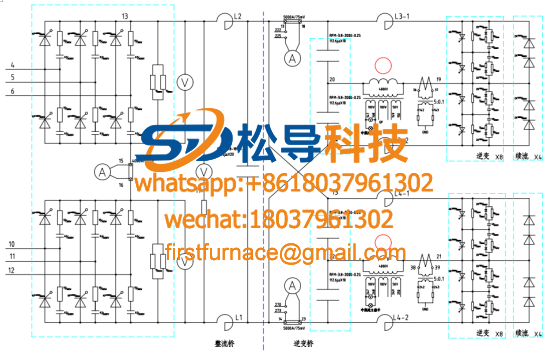
3T One Belt Two Intermediate Frequency F
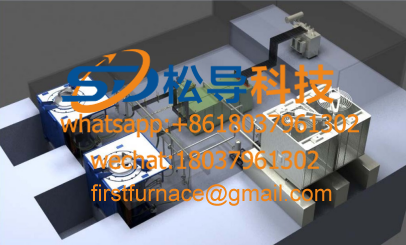
2T One Belt Two Intermediate Frequency F
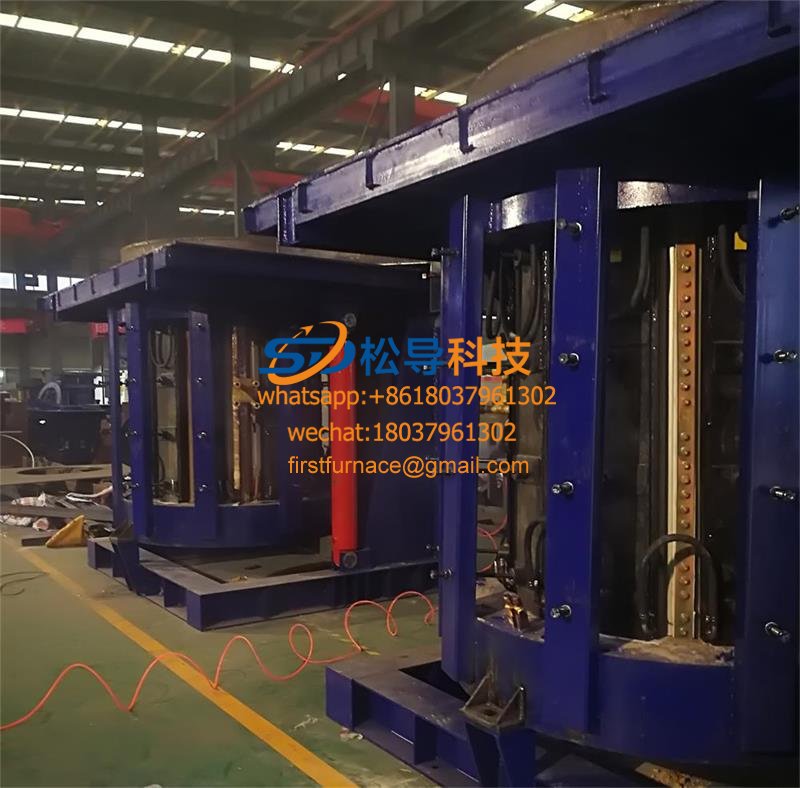
5T Parallel Intermediate Frequency Furna
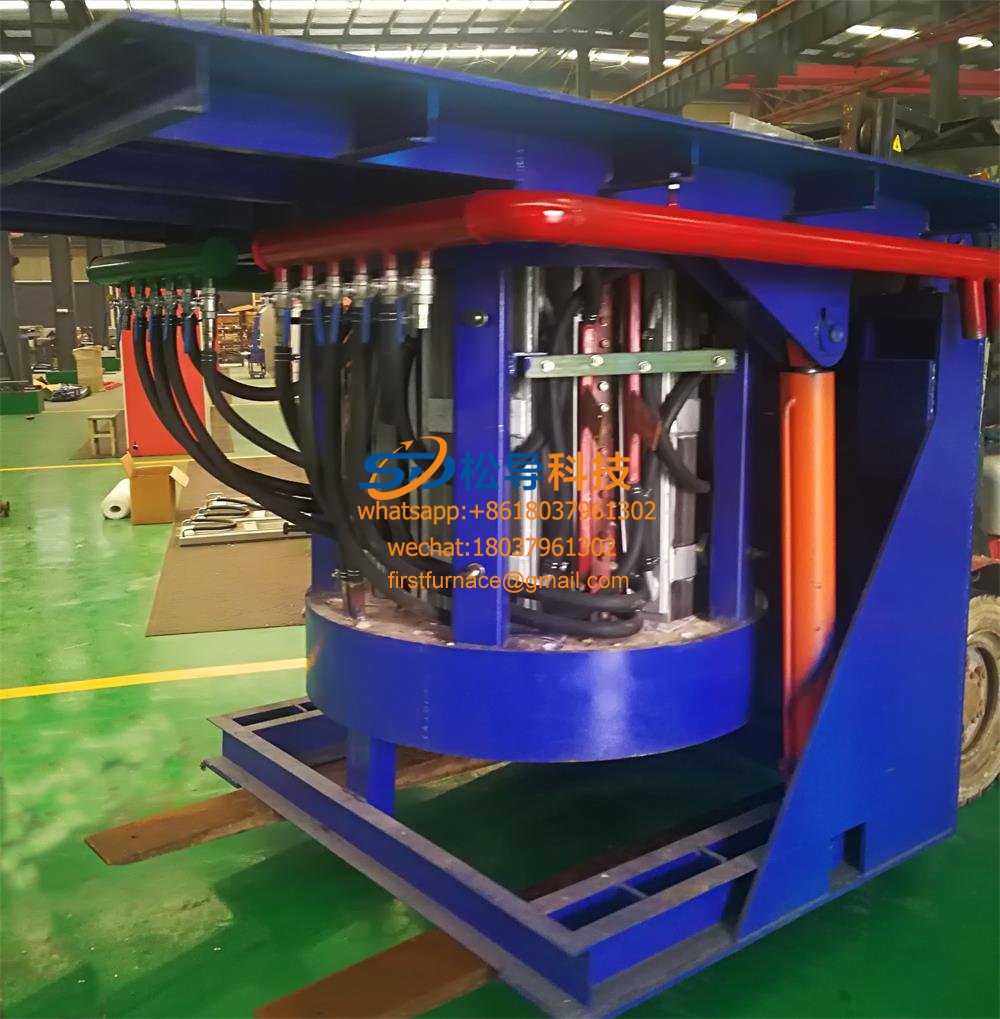
5T Intermediate Frequency Furnace

5T Series Intermediate Frequency Furnace
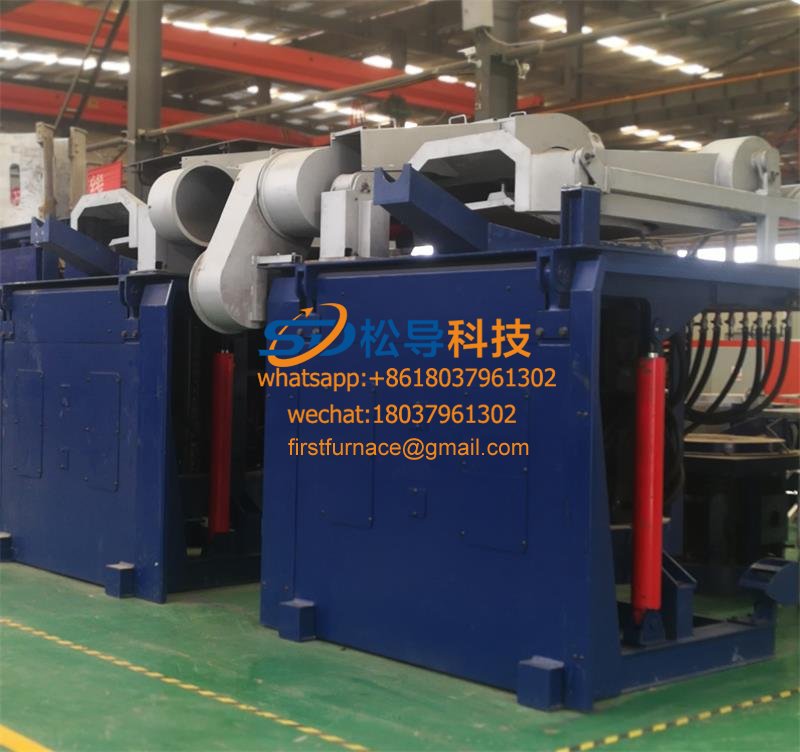
3T Series Intermediate Frequency Furnace
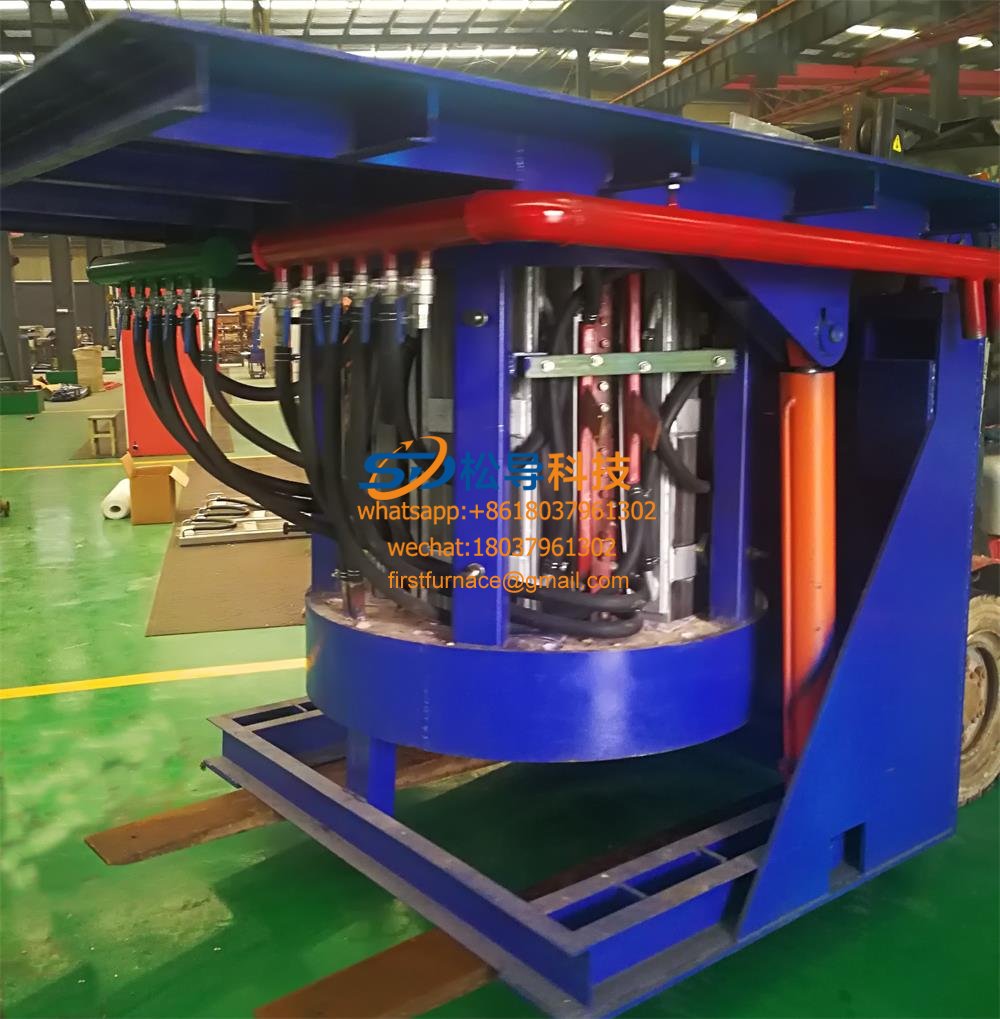
2T Series Intermediate Frequency Furnace
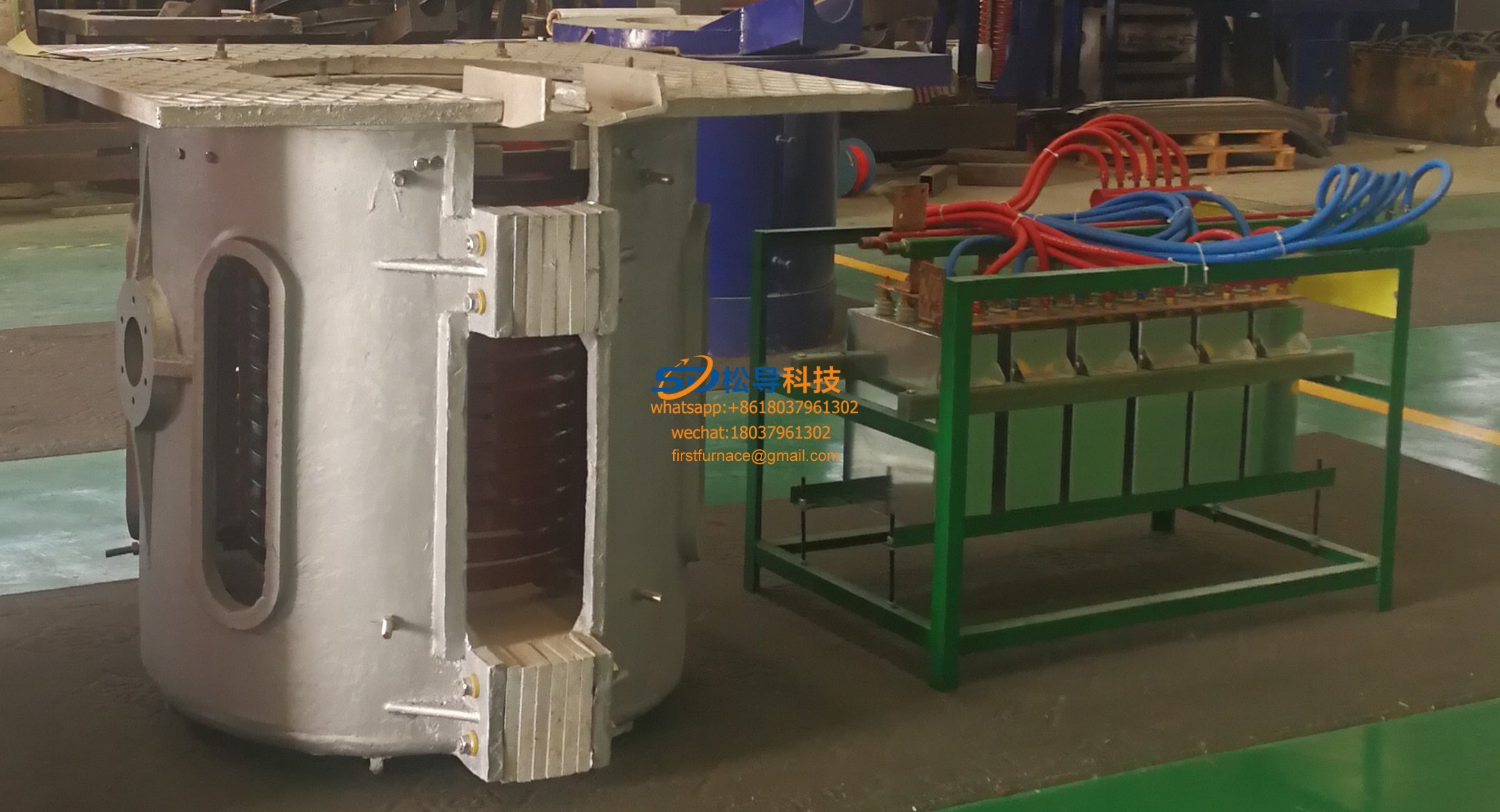
1T Series Intermediate Frequency Furnace
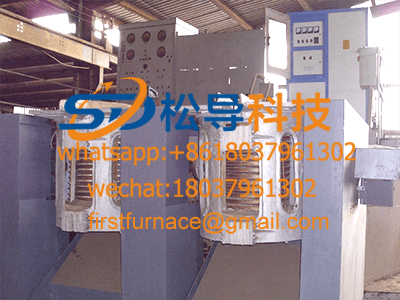
0.5T Series Intermediate Frequency Furna

0.25T Series Intermediate Frequency Furn

1T Parallel Intermediate Frequency Furna
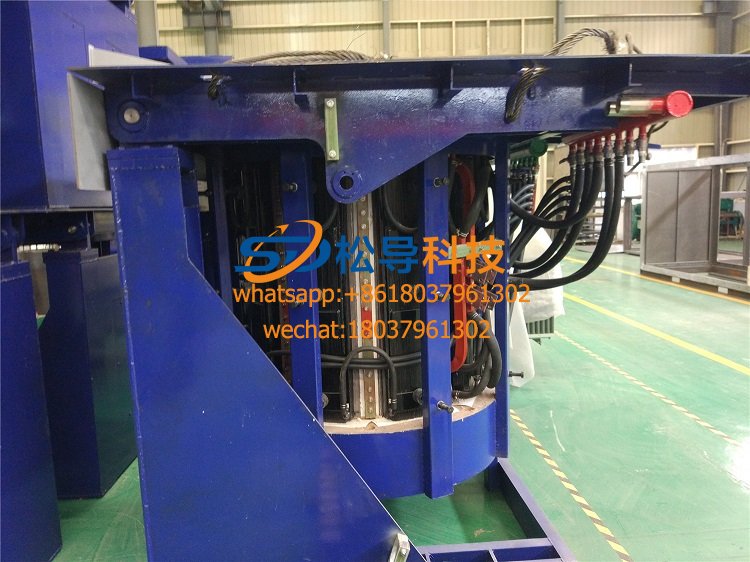
2T Parallel Intermediate Frequency Furna
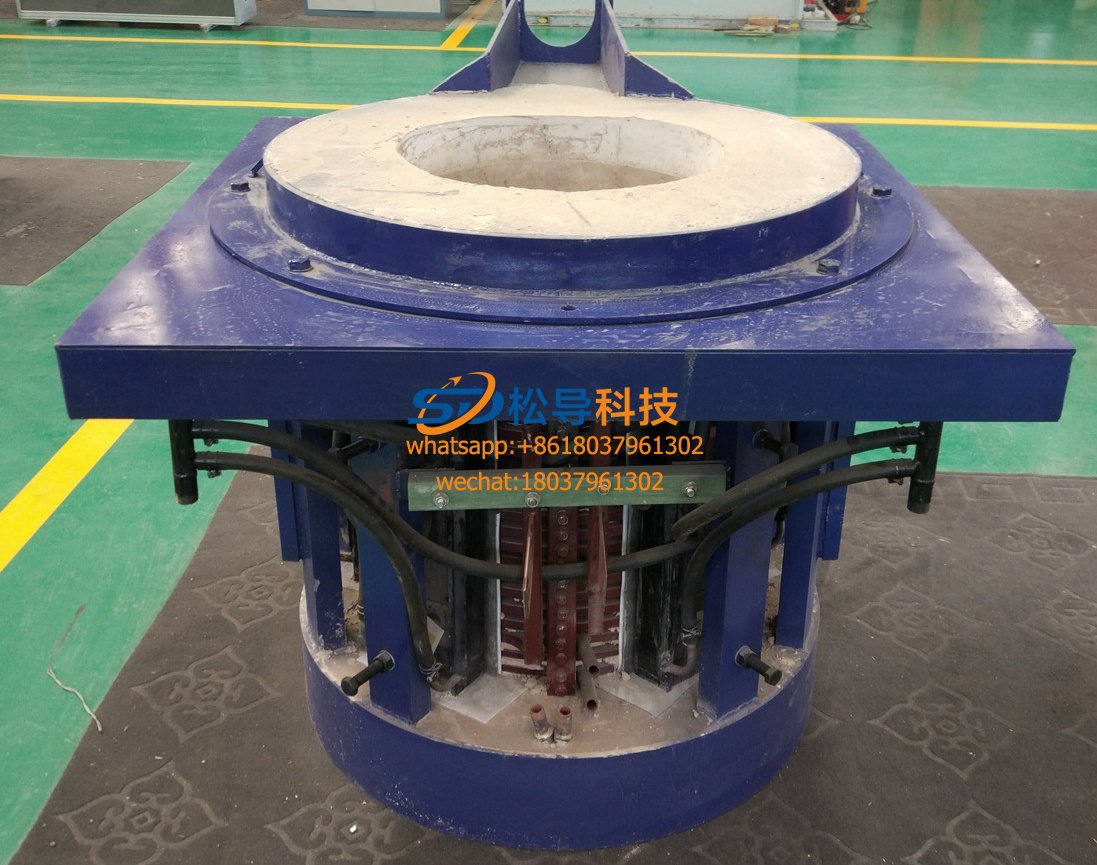
0.5T Parallel Intermediate Frequency Fur






